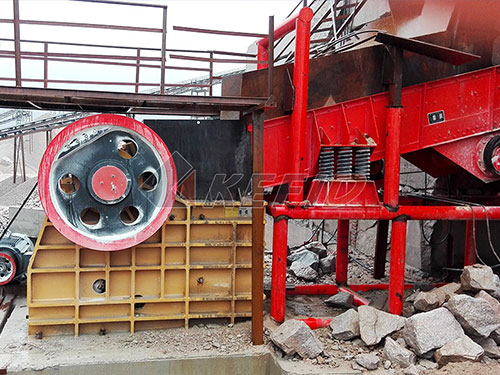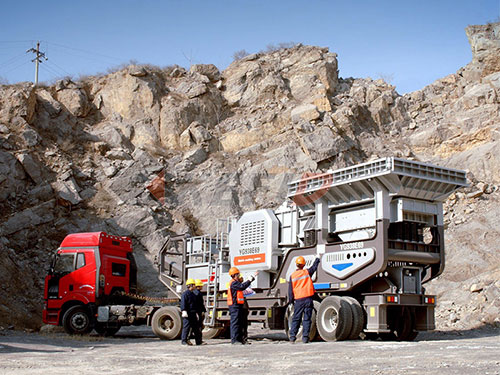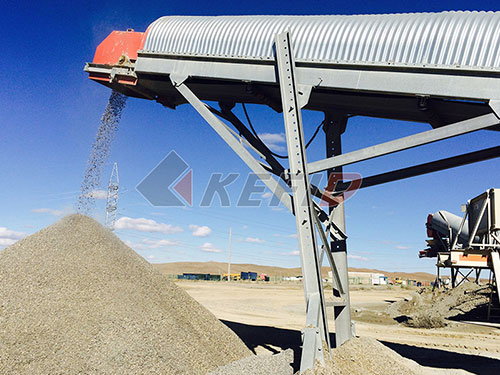Beyond the Blast: Unleashing Efficiency with the Kumbee 2 Impact Crusher
The relentless demand for high-quality aggregates – the foundational materials for our roads, buildings, and infrastructure – places immense pressure on quarrying and recycling operations. Efficiency, reliability, and cost-effectiveness are not mere aspirations; they are critical survival factors. In this demanding environment, selecting the right size reduction technology becomes paramount. For operators seeking a robust, versatile, and high-performing solution in the mid-range capacity bracket, the Kumbee 2 Impact Crusher stands out as a compelling force multiplier.
Hailing from South Africa, a nation with a deep-rooted mining heritage demanding rugged equipment, Kumbee has built its reputation on designing crushers that endure harsh conditions. The Kumbee 2 embodies this philosophy. It’s not just another impact crusher; it’s a meticulously engineered machine optimized for secondary crushing applications where consistent product shape, high reduction ratios, and operational simplicity are key.
The Power of Impact: Core Principles
Before delving into the specifics of the Kumbee 2, understanding the fundamental advantage of impact crushing is essential. Unlike compression crushers (like jaw or cone crushers) that squeeze material between fixed surfaces until it breaks, impact crushers utilize kinetic energy.
1. Feed Material: Raw feed enters the crushing chamber.

2. High-Speed Rotor: The heart of the machine is a massive rotor spinning at high velocity (typically hundreds of RPM). This rotor is fitted with heavy-duty blow bars (hammers).
3. Impact: Feed material is struck by the rapidly rotating blow bars with tremendous force.
4. Acceleration & Impact: Material is hurled against fixed impact surfaces within the chamber – typically breaker plates or aprons.
5. Attrition & Fracture: The combination of direct blows from the blow bars and collisions against the aprons subjects the material to intense stress. Fracture occurs primarily along natural cleavage planes within the rock or concrete.
6. Gradation Control: The gap between the rotor’s blow bar path and the adjustable aprons determines the maximum product size exiting below (the “setting”). Material continues to be struck and recirculated within the chamber until it fractures small enough to pass through this gap.

7. Output: Crushed product discharges onto a conveyor belt below.
This mechanism delivers several inherent advantages:
Superior Cubicity: Impact crushing excels at producing well-shaped (cubical)

Leave a Reply